How to Figure Baker’s Percent
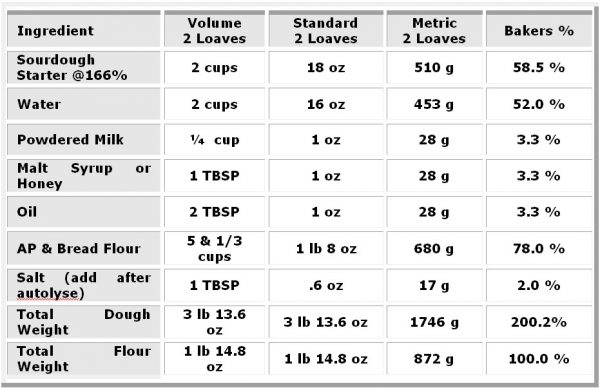
Let’s talk about….

Photo above is formula for Onion Cheese Batter Bread
BAKER’S PERCENT
Baker’s percent can be a difficult concept for those who are new to it. Baker’s use this method because it is easy for them to scale a formula using baker’s percent.With baker’s percent, the flour weight is the scale used to weight the other ingredients from. Flour weight, no matter what it weighs, is the 100% in the formula. You can’t think of the total ingredients equaling 100% because that is not how it works. The flour weight is like the ruler that all other ingredients are measured against.
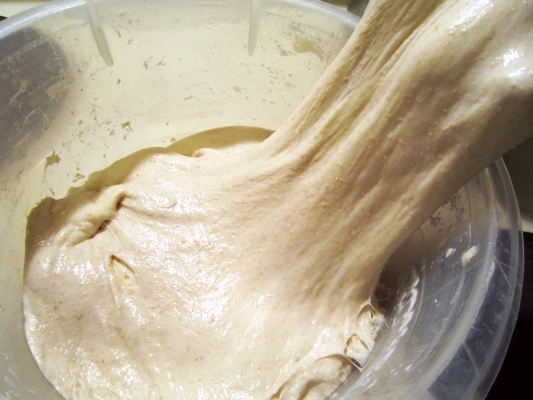
This formula is 75% hydration (water weight) and the total dough weighs 1770 grams.
Flour = 1000 grams = 100% of the flour weight
Water= 750 grams = 75% of the flour weight
Salt = 20 grams = 2% of the flour weight
Now we’ll work on adding the sourdough starter.
Sourdough starter has flour and water in it, so the weight of each is added to the total flour and the total water.
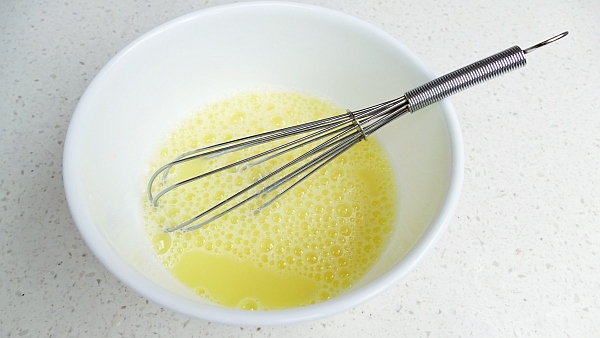
Say the starter is 200 grams and is 100% hydration. You would know that the flour and water each weigh 100 grams since a starter at 100% hydration means equal weight of flour and water (water equals 100% of the flour weight, it is baker’s hydration again).
.
So let’s add the starter to the first formula:
Total flour weight now = 1100 grams (because we added the flour weight from the starter).
Total water weight now = 850 grams (because we added the water weight from the starter).
You would have to adjust the salt amount because the flour weight has changed, so 2% salt would be (2% of 1100) =22 grams.
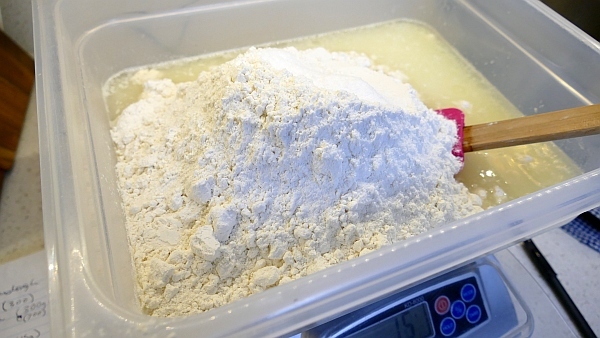
So our formula now looks like this:
Flour= 1100.
Water = 850 grams
Salt = 22 grams
Total dough weight is 1972 grams and you look at the water percentage for the hydration. The hydration of the dough is 77% because to find the percentage we divide the water weight by the flour weight (850/1100), which is a wet dough.
If you wanted to change the water amount, you could easily (change it to 750 and you wouldn’t have to change the salt amount (because the salt weight is based off of the flour weight). It’s only when you change the flour weight that you have to change all of the other ingredients so they can still be a percentage of the flour weight.
If you changed the water weight to 750 grams, what percentage hydration dough would you have? (hint: 750/1100).
You are correct if you said 68% hydration.
Your modified formula would look like this:
Flour=1000 grams (1100 grams once you add the starter flour weight) 1100/1100 =(1.00) One whole or 100%.
Water=650 grams (750 grams once you add the starter water weight). (750/1100=68%)(.68)
Salt=22 grams (22/1100= 2%)(.02)
Starter amount = 200 grams (100 grams flour + 100 grams of flour).
.
You would have 1872 grams of dough at 68% hydration (remember you cut down the water by 100 grams).
Divide the weight of any ingredient by the weight of the flour to get your baker’s percent.
Add another ingredient – Butter 40 grams (40/1100 = 3.6%) (.036) most would round this off to be 4%).
NOTE: Some bakers will not add the ingredients of the starter separately so as to get an accurate hydration level. Instead they will consider the starter/levain as a separate ingredient, which works really well in bakeries when they need to scale a formula but is not accurate as far as hydration levels.
.
So it may look complicated, but just remember, the flour always equals 100%. Divide all other ingredients by the weight of the flour to find their percent.
.
Easy right?
What percent of the formula would sesame seeds be if they weighed 45 grams (and the flour was 1100 grams)?
Anyone who knows the answer, put it in the comments below.
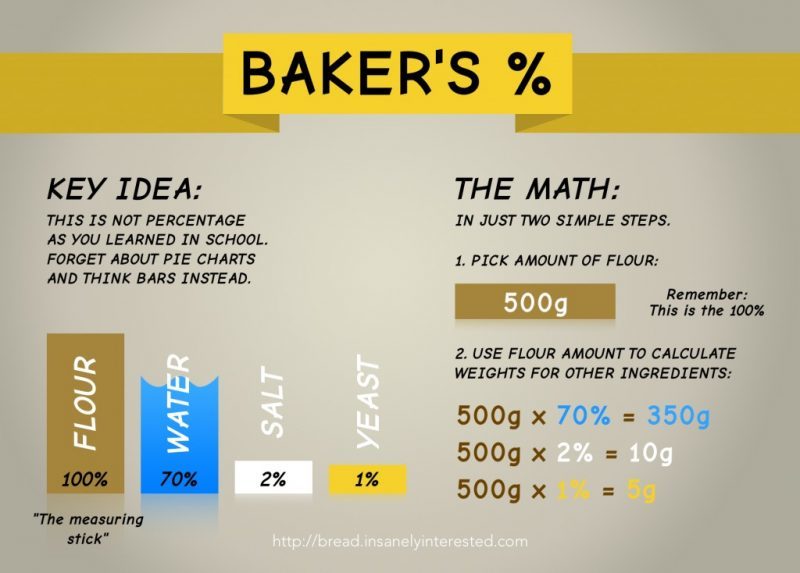
The above infographic is the easiest one I’ve seen to help explain how Baker’s Percent works. The infographic source is this page: How To: Baker’s Percent
I tried to locate the original source but I believe it came from a defunct site from Jarkko Laine, editor of the Bread Magazine (If you haven’t yet, check out Bread Magazine, it’s well worth the subscription).
You can easily see in the above infographic that flour is the total amount. All other ingredients are figured from the total weight of the flour.
Have fun baking! Teresa
.

I’m horrible at math but I’ll put myself out there:
Is it 4%?
45/1100 = 0.04 so yes, you got it!
Well what do ya know! Lol! 🤓